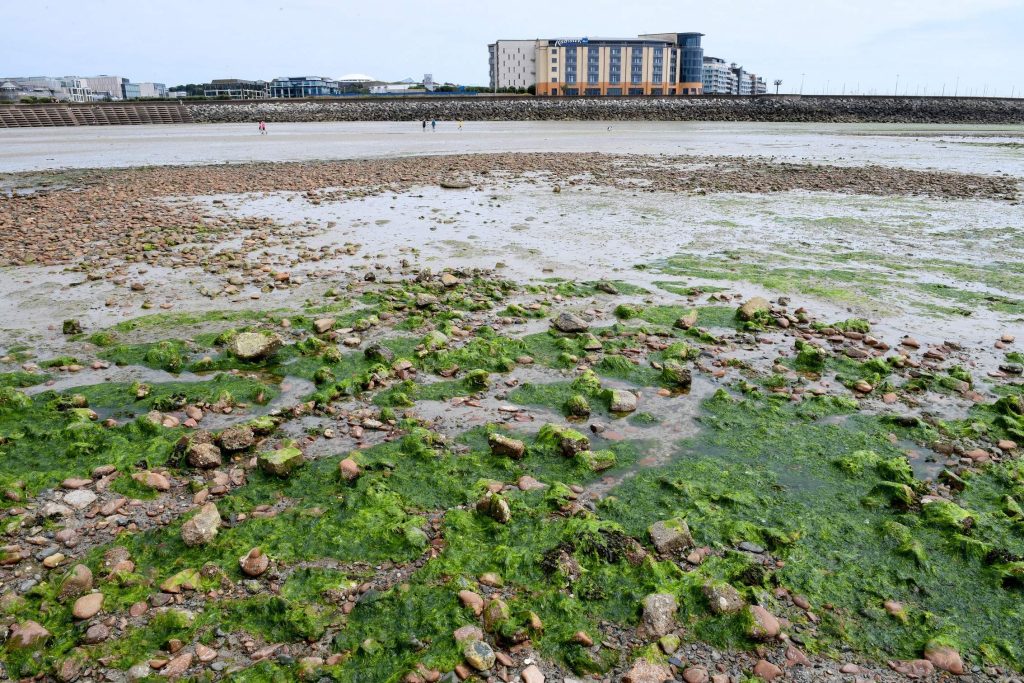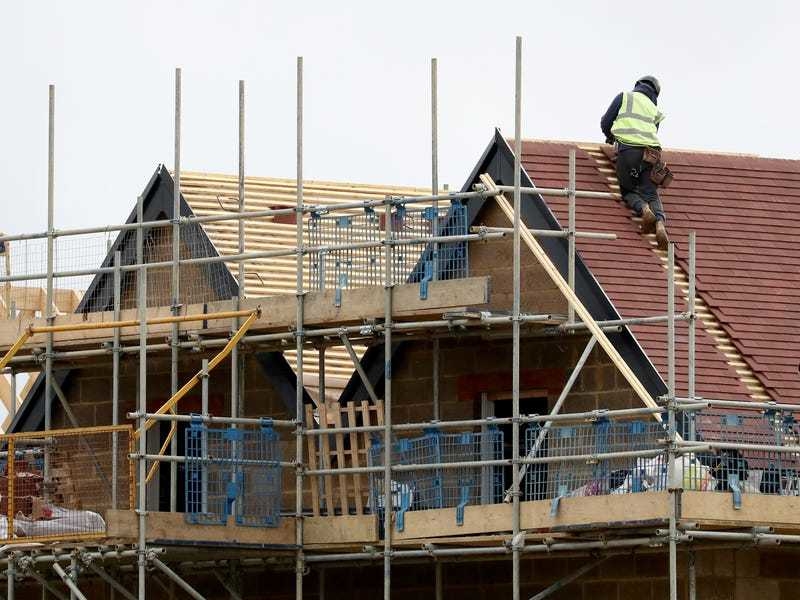THREE thousand tonnes of sea lettuce has been removed from St Aubin’s Bay so far this summer – more than three times the total for 2023.
After one of the smallest “harvests” in recent memory last year, when only 870 tonnes were removed from the south coast bay, this year’s figure could come close to that reported in 2022: 5,416 tonnes.
Infrastructure Minister Andy Jehan confirmed that removal began in May this year and had already passed the 3,000 tonnes mark.
“Infrastructure colleagues and contractors have been working flat out over the past week, including through the weekend, to clear seaweed away from the beach concessions and slipways and they will continue to monitor the situation,” he said. “All the sea lettuce removed from St Aubin’s Bay so far this year has been spread on Island fields.”
Mr Jehan has engaged with Islanders on social media regarding sea lettuce in recent weeks, with one reply citing an annual cost of £250,000 for the work to remove it.

Former Environment Minister Jonathan Renouf previously expressed hope that the Island’s new wastewater treatment works would help reduce the nitrate run-off contributing to the abundance of sea lettuce.
Speaking in October 2022, he said: “The new treatment works will result in lower levels of total nitrogen entering the bay and increased volumes of treatment during storm conditions leading to less ‘shock loading’ of total nitrogen.
“These improvements will help limit the annual volume of this nuisance weed.”
A particularly large volume of sea lettuce at the end of last week and over the weekend is believed to have followed the torrential rain that fell on the afternoon of Monday 15 July, the day King Charles III and Queen Camilla visited the Island.
One Islander, writing on X (formerly Twitter), said: “It’s been a problem ever since they built the reclamation site, thus changing the shape of the bay, combined with the ongoing wider problem of the whole Bay of St Malo nitrate levels, rising sea temperatures and overuse of fertilisers washing into the bay in heavy rains.”






